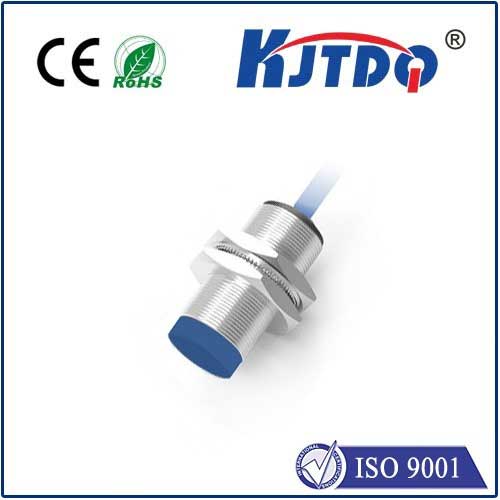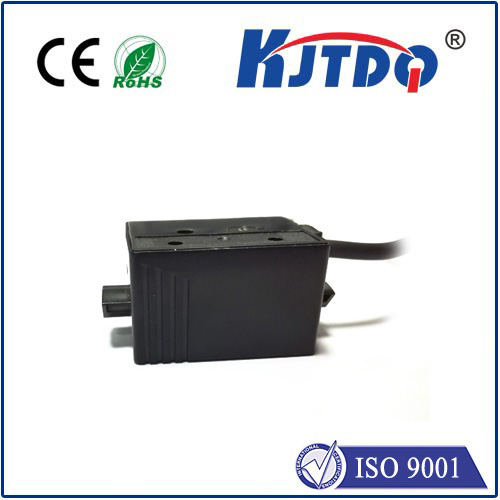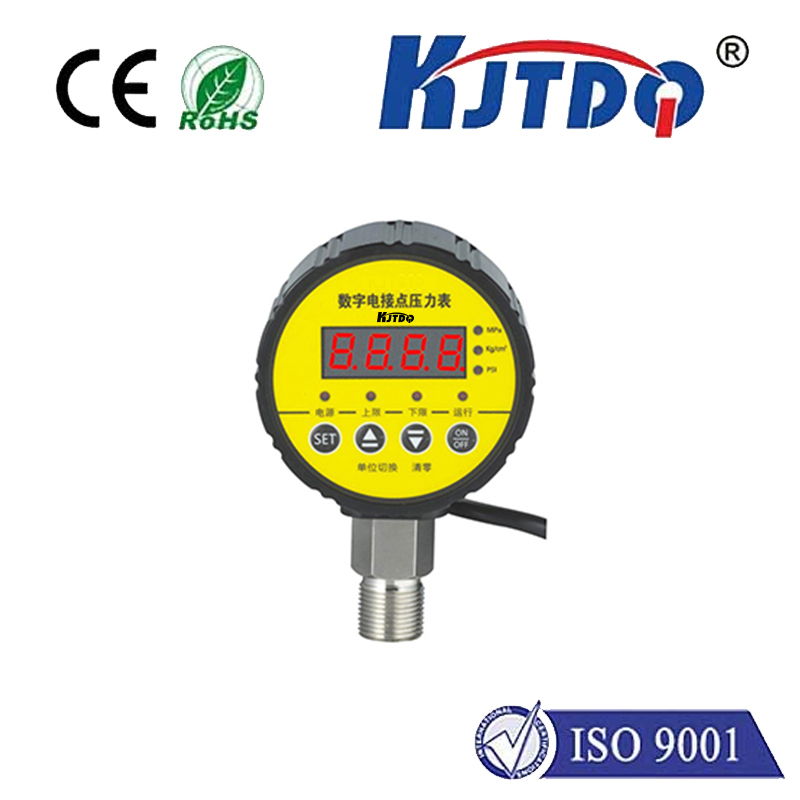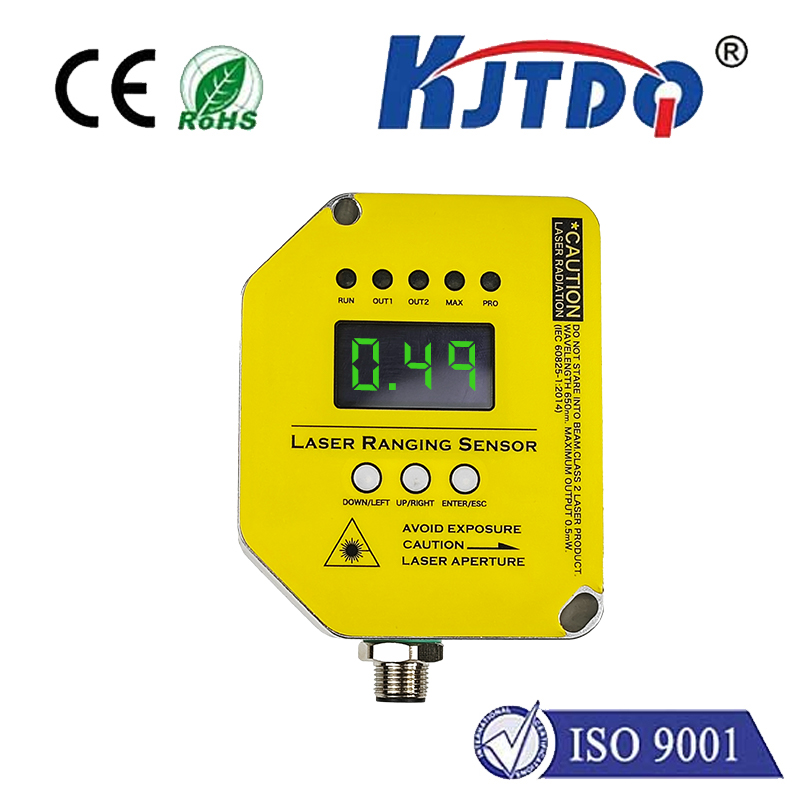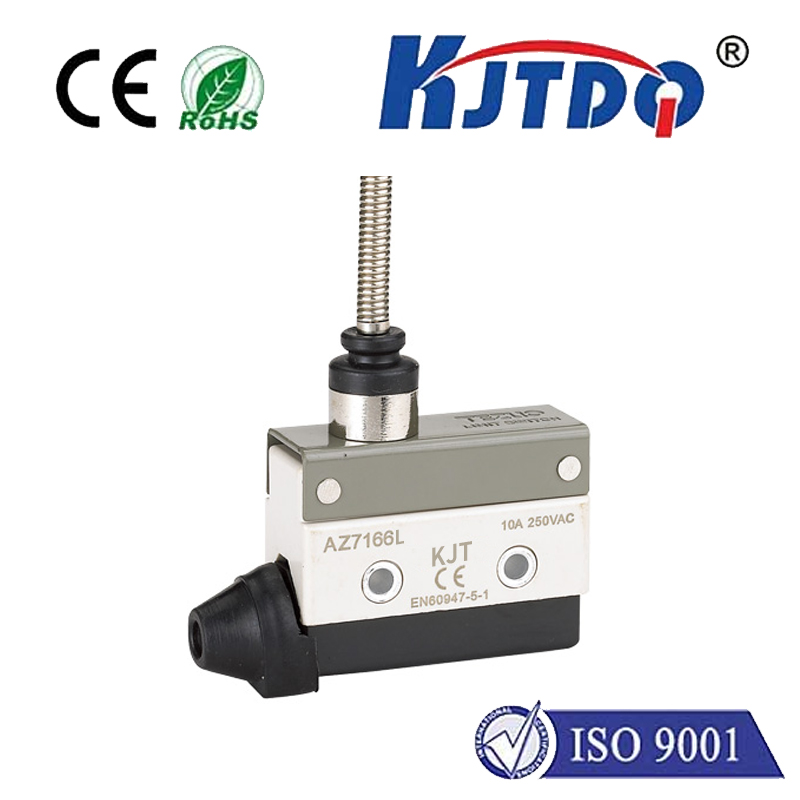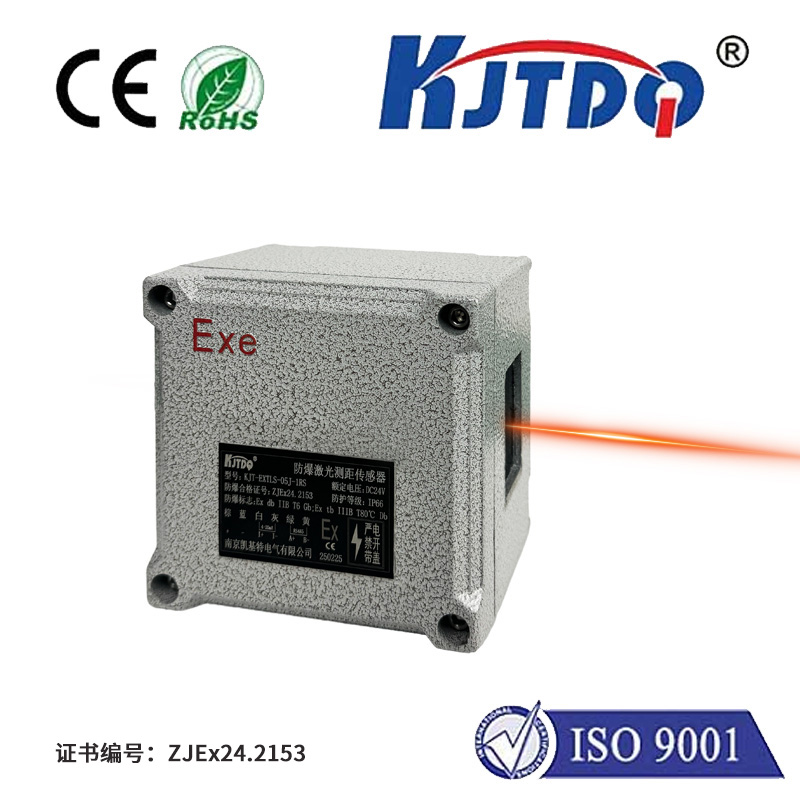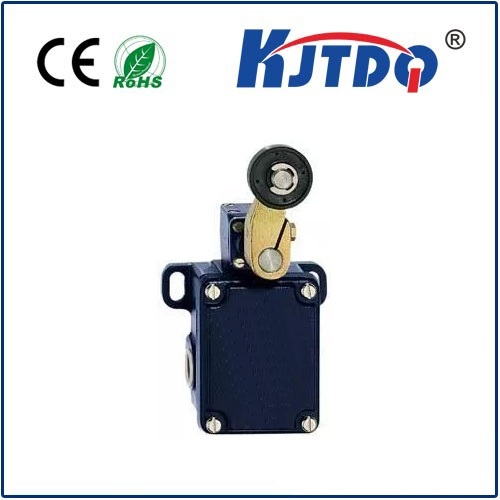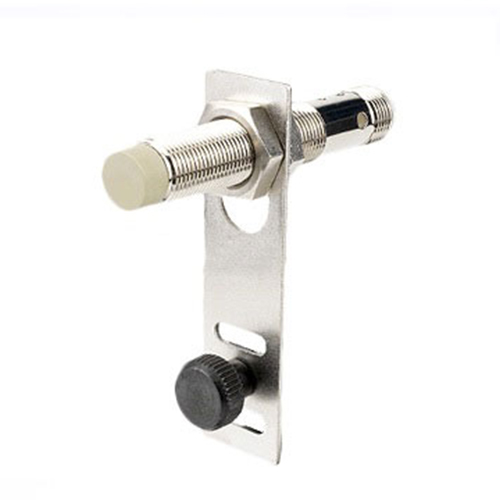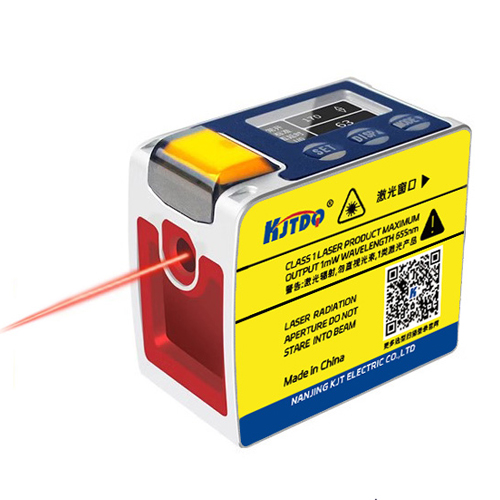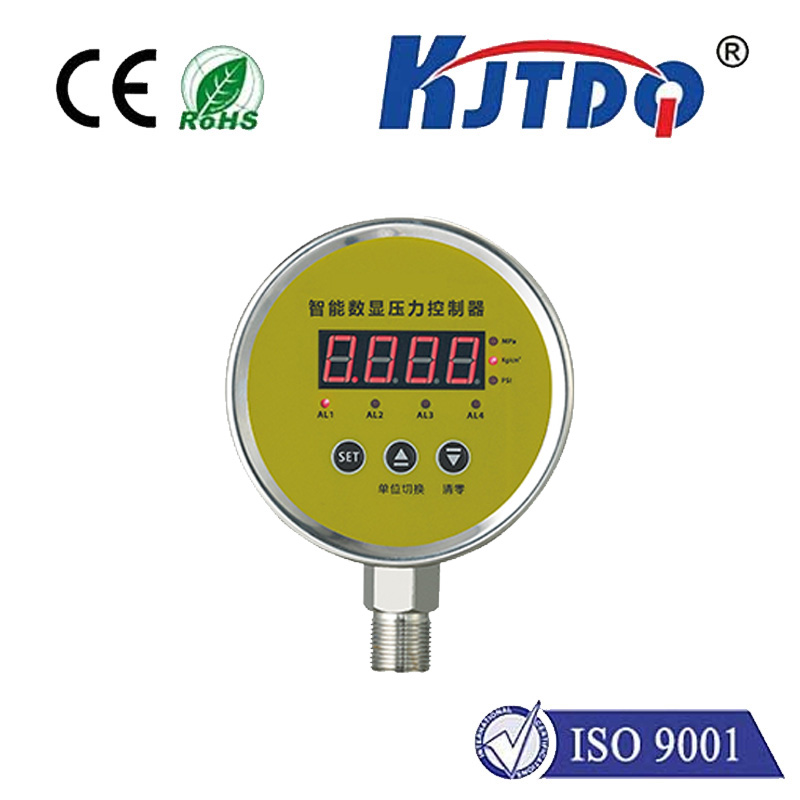

check

check

check

check

check

check

check

check

check

check
Title: Understanding Cam Limit Switches and Their Role in Mechanical Systems
Introduction to Cam Limit Switches
Cam limit switches are mechanical devices that act as switches for various types of applications. They are widely used in mechanical systems to control the movement of gears, shafts, and other components. These switches use a cam mechanism to open or close the switch contacts when certain conditions are met. Cam limit switches have several advantages over other types of switches, including their high reliability, ease of use, and cost-effectiveness.
Functioning of Cam Limit Switches
Cam limit switches work by using a cam mechanism to adjust the position of a plunger or other movable element within the switch. When the switch is in the closed position, the plunger is pushed against a spring or other resistance, which holds it in place. When a specific force is applied to the switch, such as a button press or an external magnetic field, the cam mechanism rotates, causing the plunger to move away from the spring and open the switch contacts. This allows communication between the system and an external controller or feedback device.
Types of Cam Limit Switches
There are several different types of cam limit switches available, each with its own unique features and applications. Some common types include:
1. Reversible Cam Limit Switches: These switches can be flipped either way without affecting their function. They are commonly used in applications where the switch must operate in both directions, such as in industrial automation systems.
2. Non-Reversible Cam Limit Switches: These switches cannot be flipped, but they are generally more durable and reliable than reversible switches. They are often used in applications where high levels of vibration or shock are expected.
3. Spring-Return Cam Limit Switches: These switches use a spring to return the plunger to its closed position when the force is removed. They are commonly used in applications where precise positioning is required.
4. Potentiometer Cam Limit Switches: These switches use a potentiometer to control the position of a plunger or other movable element within the switch. They are commonly used in applications where precise control over the switch's position is required.
Applications of Cam Limit Switches
Cam limit switches are widely used in various industries, including automotive, aerospace, manufacturing, and robotics. Some common applications include:
1. Gearbox Control: Cam limit switches are used to control the speed and direction of gears in automotive transmissions and other mechanical systems. They help ensure accurate and reliable performance of these systems.
2. Motion Control: Cam limit switches are used in robotics and other motion control systems to control the movement of servo motors and other actuators. They provide precise positioning and feedback for optimal performance.
3. Material Handling Equipment: Cam limit switches are used in material handling equipment such as conveyor belts and elevators to detect when they have come to a stop or reached their destination. This helps prevent damage to equipment and improves safety in operation.
Conclusion
Cam limit switches are an important component in many mechanical systems due to their reliability, ease of use, and cost-effectiveness. With their wide range of applications and customizable features, cam limit switches continue to play a vital role in modern technology and industry.
